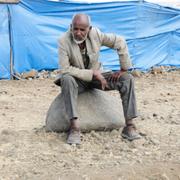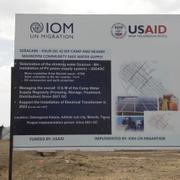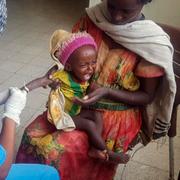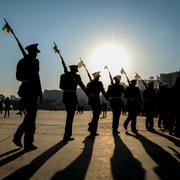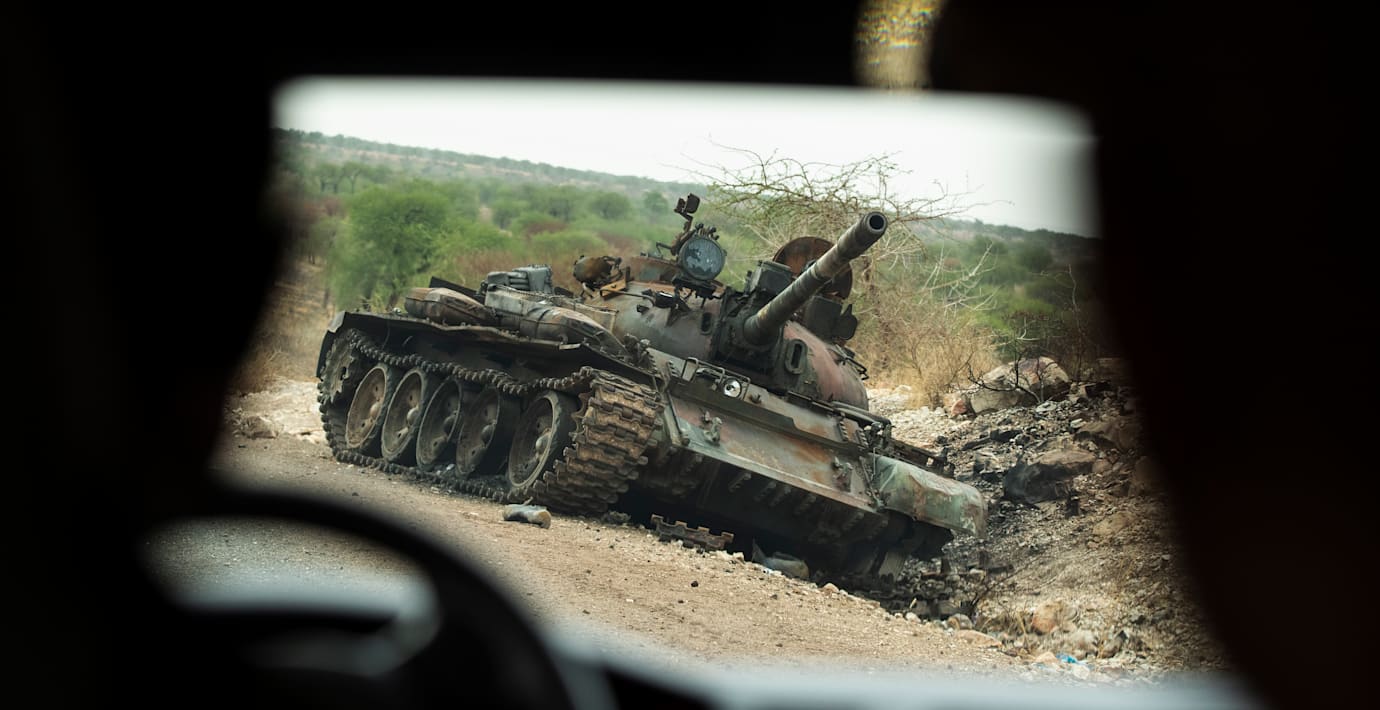
Tigray-konflikten kan bli slutet för lilla irobfolket
Irobfolket i norra Etiopien står inför en existentiell kris och riskerar att slås i spillror till följd av konflikten i Tigray, skriver al-Jazira.
Den lilla minoritetsgruppen består bara av 60 000 människor och utgör en del av den större befolkningsgruppen i Tigray men har ett helt eget språk. Runt 35 000 lever i bergstrakter nära gränsen till Eritrea.
Sedan början av konflikten har folkgruppens områden varit under total kontroll av eritreanska styrkor, som gått in i Etiopien för att stötta de federala styrkorna mot det regionala TPLF-styret.
Martin Plaut, mångårig expert på Afrikas horn, säger att Eritrea behandlar irobfolkets områden som sina, och att länken till Eritrea skurits av.
Det finns inte heller något som tyder på att humanitär hjälp når fram, vilket gör att befolkningen riskerar att svälta.
